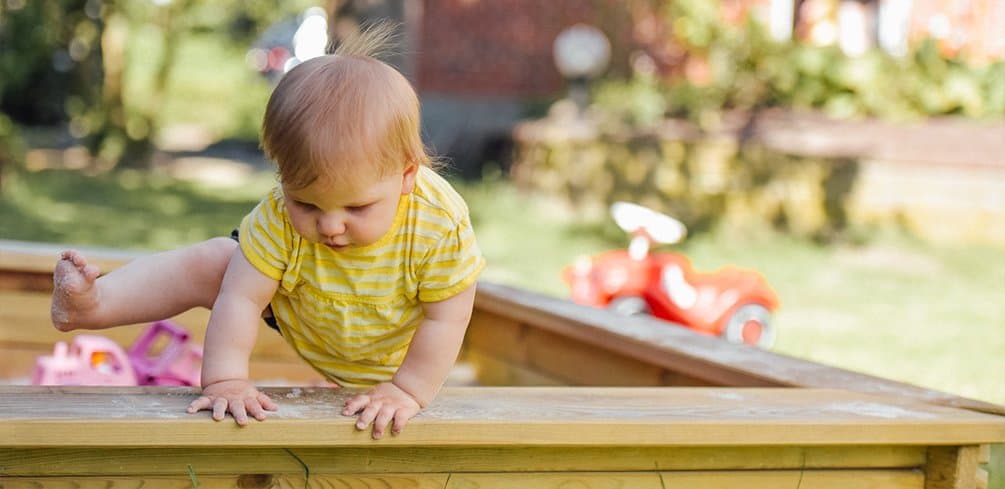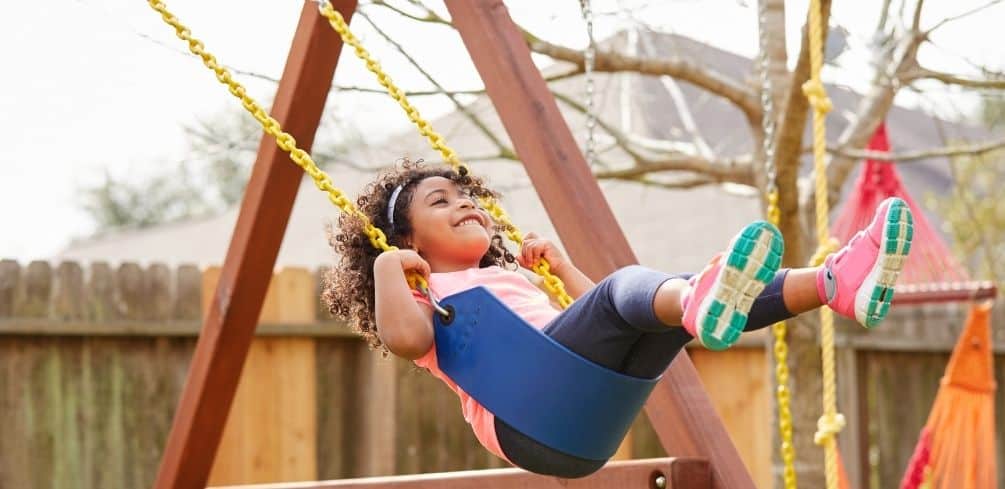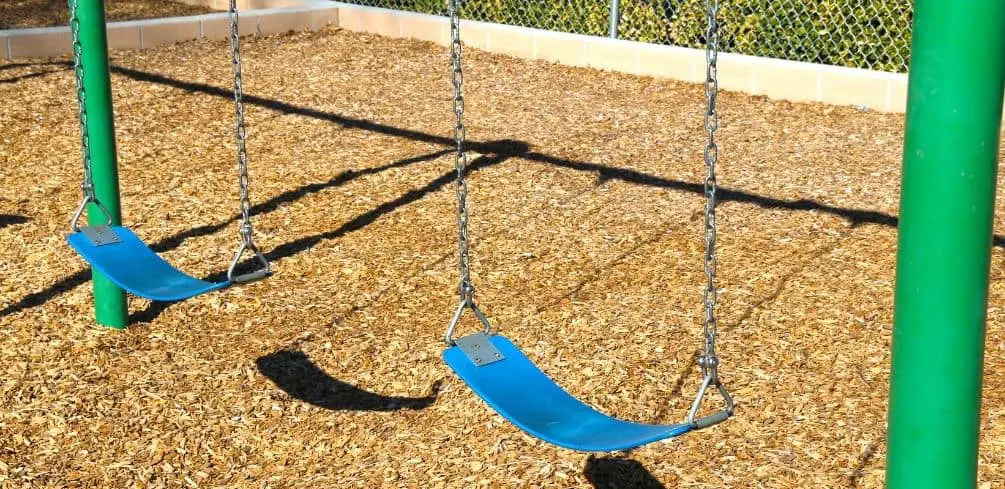Are you tired of looking at the same old backyard and yearning for a change?
Well, it’s time to transform your outdoor space into a beautiful oasis that not only provides visual appeal but also offers practical solutions for relaxation and entertainment.
With some creativity, elbow grease, and a few DIY projects, you can turn your backyard into an extension of your home where you’ll love spending time with family and friends.
Don’t worry if you’re not sure where to begin or what to include in your revamped outdoor space – we’ve got you covered! In this article, we’ll explore various backyard DIY ideas that cater to different interests and needs.
From building cozy fire pits for chilly evenings to designing serene relaxation zones perfect for unwinding after a long day, there’s something here for everyone.
So roll up your sleeves, gather your tools, and let’s dive into these inspiring projects that will help make your dream backyard come true.
Building a Fire Pit

Building a fire pit in your backyard doesn’t have to be an arduous task; with the right tools and creativity, it can become a stunning focal point for cozy gatherings.
One of the most important aspects to consider before embarking on this project is fire pit safety.
To ensure a safe and enjoyable experience, select a location that’s away from any flammable structures, overhanging branches, or power lines. For added peace of mind, clear any dry leaves or debris within at least 10 feet around your chosen spot.
Budget-friendly designs are plentiful when it comes to creating your own fire pit. Material selection plays a significant role in keeping costs down while adding visual appeal.
You can choose from various options like repurposed bricks, concrete blocks, or pavers to form the foundation of your DIY masterpiece. If you’re looking for more customization possibilities, consider incorporating stones or decorative glass into the design to enhance aesthetics further.
To ensure that your fire pit remains an inviting centerpiece for years to come, follow these simple DIY maintenance tips: routinely remove ash buildup and dispose of it properly; clean out any debris that may have found its way into the pit; inspect the materials used in construction for signs of wear or deterioration and make necessary repairs as needed.
By taking these proactive steps regularly throughout each season, you’ll prolong the life of your fire pit and create countless memories with friends and family gathered around its warmth and charm.
Creating a Vegetable Garden

So, you think you’re too good for store-bought veggies?
Well then, let’s get started on creating that vegetable garden to satisfy your organic cravings.
First things first, soil preparation is key to growing healthy and delicious vegetables. Start by choosing a sunny spot in your backyard and clearing it of any debris or weeds.
Next, loosen the soil using a shovel or garden fork and mix in some compost or other organic matter to improve drainage and add essential nutrients.
Don’t forget to test the pH level of your soil – most veggies thrive in slightly acidic conditions (pH 6-7).
Now that your soil is ready, it’s time to plan out which vegetables you want to grow and practice companion planting. This technique involves grouping plants together based on their mutual benefits – like how beans fix nitrogen in the soil for corn while marigolds deter pests from tomatoes.
Keep in mind that crop rotation is also important for preventing diseases and maintaining nutrient-rich soil.
As space can be limited, consider vertical gardening methods such as trellises or hanging baskets for climbing plants like cucumbers and peas, making use of every inch available.
Don’t let pesky pests ruin all your hard work!
Implementing natural pest control methods will keep unwanted critters away while maintaining a healthy ecosystem in your garden.
Introduce beneficial insects like ladybugs and lacewings that prey on common pests, or set up bird feeders to attract insect-eating birds. Plant herbs such as basil or garlic around the perimeter to repel bugs with their strong scents.
Finally, make sure you know when each vegetable should be harvested so they are at their peak flavor – try keeping a journal with planting dates and expected harvest times for easy reference throughout the season.
With these tips under your green thumb, you’ll soon have an abundant harvest of homegrown veggies that put those store-bought versions to shame!
Designing a Relaxation Zone

Imagine sinking into a cozy hammock, surrounded by lush greenery and the soothing sounds of nature – that’s the relaxation zone you deserve in your outdoor space.
Designing a relaxation zone can be as simple or elaborate as you’d like, but there are certain elements that will help create a calming atmosphere for you to unwind and recharge.
Here are four key components to consider when designing your perfect relaxation zone:
- Zen landscaping: Incorporate natural elements such as rocks, water features, and plants that promote serenity. Consider adding a small pond, waterfall, or fountain to provide soothing background noise and attract wildlife like birds and butterflies.
- Cozy seating: Choose comfortable furniture pieces like hammocks, lounge chairs, or even floor cushions for an inviting place to rest and relax. Add plush pillows and soft blankets for extra comfort.
- Aromatherapy garden: Plant fragrant herbs like lavender, chamomile, or mint nearby for their calming scents that can help relieve stress and anxiety.
- Outdoor yoga space: Designate an area with flat ground where you can practice yoga or meditation surrounded by nature.
Incorporate tranquil lighting into your relaxation zone by using solar-powered lanterns or string lights to create a warm glow in the evenings without overpowering the natural ambiance of your backyard oasis. You might also want to add wind chimes or a small gong for gentle melodies carried on the breeze.
Remember that creating a personalized relaxation zone is all about catering to your individual preferences; it should be somewhere you feel completely at ease and connected with nature.
So take some time out of your busy schedule to nurture yourself in this peaceful environment – breathe deeply, let go of stressors from daily life, and relish every moment spent in your very own backyard sanctuary!
Installing a Hammock or Swing

Installing a hammock or swing in your outdoor space can instantly transform it into a haven for relaxation and rejuvenation.
For instance, picture yourself gently swaying in a plush cocoon chair beneath the shade of a tree, enveloped by the calming scents of your aromatherapy garden – pure bliss!
Before you start your installation process, consider important factors such as hammock materials, swing safety, tree selection, weight capacity, and other essential installation tips.
| Hammock Materials | Swing Safety | Tree Selection |
|---|---|---|
| Cotton (soft & comfy) | Secure hardware & chains | Strong & healthy trees |
| Polyester (durable) | Regularly check for wear & tear | Branch at least 6″thick |
| Rope (traditional) | Branch at least 6″ thick | Avoid diseased trees |
| Quilted fabric (cozy) | Adult supervision for children’s use | No utility lines nearby |
| Brazilian-style (colorful) | Adequate clearance around the swing | Consider shade coverage |
To begin with, choose the right location for optimal comfort and convenience. Select sturdy trees that are capable of supporting the weight of your hammock or swing.
Ensure there is enough space between them to accommodate the length of your setup while also providing sufficient clearance from the ground. Assess each tree’s branches by examining their girth and ensuring they are free from disease or decay. Verify that there are no nearby utility lines that could pose potential hazards.
Once you have identified an ideal location for your hammock or swing in accordance with these guidelines, gather all necessary materials, including mounting hardware, and follow manufacturer instructions carefully during installation.
Be mindful of safety measures such as regularly inspecting equipment for wear and tear, securing chains properly to prevent accidental release or collapse during use, maintaining adequate clearance around swings so users don’t collide with obstacles, and supervising children when they are using the hammock or swing.
By considering these factors, you’ll be well on your way to creating a serene oasis in your backyard where you can unwind and indulge in some much-needed relaxation.
Crafting an Outdoor Movie Screen

Creating your own outdoor movie screen is a fantastic way to bring family and friends together for memorable movie nights under the stars.
With a little bit of creativity, you can easily set up a DIY outdoor movie screen that’s perfect for your backyard gatherings. Plus, it’s an excellent opportunity to customize your outdoor space and create fun movie night themes.
- Outdoor projector: Invest in a high-quality outdoor projector that suits your needs. Ensure that it has enough lumens (brightness) to project crisp images even in low-light conditions.
- Screen materials: There are various options when it comes to choosing the right material for your DIY movie screen. Popular choices include white blackout cloth, painter’s drop cloth, or even just hanging a large white sheet.
- Movie night themes: Get creative with themed movie nights by selecting films based on genres, decades, or specific actors/actresses, and encourage guests to dress up accordingly! You could also organize food and drinks that match the theme.
- Weather protection & DIY maintenance: To protect your investment from bad weather conditions like rain or strong winds, consider adding a waterproof cover for both the projector and screen when not in use.
Remember that regular maintenance will ensure the longevity of your outdoor movie setup. This includes cleaning the screen material as needed and ensuring all equipment is functioning correctly.
While setting up an outdoor movie screen might seem intimidating at first glance, it doesn’t have to be complicated. With some basic know-how and effort put into finding quality components such as an outdoor projector and appropriate screen materials, you’ll be well on your way to enjoying countless cozy evenings spent watching movies under starry skies with loved ones by your side!
Constructing a Play Area for Children

You’ll love seeing your kids’ faces light up as you construct a fun and engaging play area for them to enjoy outdoors. Creating a space that is both safe and entertaining will provide endless hours of entertainment for your children while also encouraging their physical, social, and imaginative development.
From playhouse construction to sandbox assembly, there are countless options available for you to create the perfect backyard haven for your little ones. One popular option is the treehouse building, which not only provides a fun hideout spot but can also be an exciting project for the whole family to work on together.
To ensure safety, it’s crucial to select a sturdy tree with strong branches capable of supporting the structure’s weight.
Alternatively, if you don’t have suitable trees in your backyard or prefer a more accessible option, consider constructing a ground-level playhouse or fort instead. For added excitement and physical activity opportunities, features such as climbing structures or monkey bars can enhance the overall appeal of your backyard playground.
Another excellent addition to any children’s outdoor play area is an outdoor chalkboard where kids can unleash their creativity through drawing and writing without worrying about making a mess indoors. Consider mounting it on one side of the playhouse or fence so they can easily access it during their outdoor adventures.
Don’t forget about incorporating a sandbox assembly into the mix – this classic childhood favorite promotes sensory exploration in younger children while offering older kids an opportunity to build sandcastles or dig for buried treasure.
By integrating various components like these into your backyard DIY project, you’ll create an engaging environment that encourages imaginative play and fosters precious memories with every visit they make outside!
Adding a Water Feature

Moving on from constructing a play area for your children, let’s dive into another backyard DIY idea that can add both beauty and serenity to your outdoor space – adding a water feature.
There are countless options available for creating an oasis right in your own backyard. Whether it’s pond maintenance for an existing water feature or incorporating Koi fish, solar-powered fountains, waterfall installations, or even floating planters, the possibilities are endless.
When considering adding a water feature to your backyard, first decide on the type of feature you’d like to have. If you’re interested in fostering aquatic life such as Koi fish, then a pond would be ideal; however, this will require regular pond maintenance to ensure clean and healthy conditions for your fishy friends.
On the other hand, if you’re seeking something low-maintenance yet visually appealing and relaxing, opt for solar-powered fountains or waterfall installations that do not demand constant care but still provide soothing sounds and aesthetic appeal.
For those who want to combine their love of gardening with their new water feature project, floating planters can be an excellent choice. These unique additions allow plants to thrive directly on the surface of ponds or fountains while offering visual interest and natural filtration benefits.
By carefully selecting which plants to include in these floating gardens – such as water lilies or hyacinths – you’ll create a stunning focal point that enhances both the beauty and tranquility of your backyard oasis.
So go ahead and explore various water features that suit your taste; soon enough, you’ll be enjoying peaceful afternoons by your very own slice of paradise!
Repurposing Pallets for Outdoor Furniture

It’s amazing how repurposing pallets can transform your outdoor space into a cozy and stylish haven, giving new life to what was once considered ‘old-fashioned’ furniture.
Pallets are not only durable but also highly customizable, making them perfect for DIY enthusiasts who want to create unique pieces for their backyard. From pallet planters and bars to daybeds, fences, and walkways, the possibilities are endless when it comes to reinventing these versatile wooden platforms.
| Pallet Planters | Pallet Bar | Pallet Daybed |
|---|---|---|
| Create a vertical garden by stacking pallets against a wall or fence. Add pots with herbs, flowers or veggies for an attractive display. | Create a vertical garden by stacking pallets against a wall or fence. Add pots with herbs, flowers, or veggies for an attractive display. | Construct a comfortable daybed by joining several pallets together and adding cushions on top. Perfect for lounging in your backyard oasis! |
| Pallet Fence | Pallet Walkway | Other Ideas |
|---|---|---|
| Use horizontally aligned pallets to construct a rustic fence that adds privacy while still allowing light and air to pass through. | Lay down flat disassembled pallet planks along your garden path or walkway for an eye-catching design element. | Explore other ideas like outdoor seating arrangements, play areas for kids, or even dog houses made from repurposed pallets! |
You’ll be amazed at how easily you can turn discarded materials into functional works of art with just some creativity and elbow grease.
So why not give it a try?
Gather up some wooden pallets (check local warehouses or hardware stores), gather your tools, and get started on transforming your backyard into an inviting space filled with personalized touches that showcase your style – all while doing something good for the environment by recycling discarded materials!
Conclusion
So, there you have it, folks! Time to put on your DIY hat and transform your backyard into a veritable Garden of Eden.
From creating a cozy fire pit for those starry nights to crafting upcycled pallet furniture worthy of King Arthur’s Round Table, the possibilities are endless.
Go ahead and unleash your inner artist – a design that relaxation zone or set up an outdoor movie screen for all to enjoy.
Remember, with these DIY ideas, your backyard will be the talk of the town in no time!





